Do you like the seasonal fruits available in India? This article will help you prepare for a seasonal tour of the particular fruits you should sample as soon as possible. The Indian subcontinent has an incredible variety of landscapes. Many seasonal fruits from India are sent outside since they don’t grow well in the country’s less-than-ideal climate, temperature, and topography. All of us love munching on juicy fruit. Your health and taste buds will thank you for the delicate, varied textures and juicy, deliriously delicious flavors.
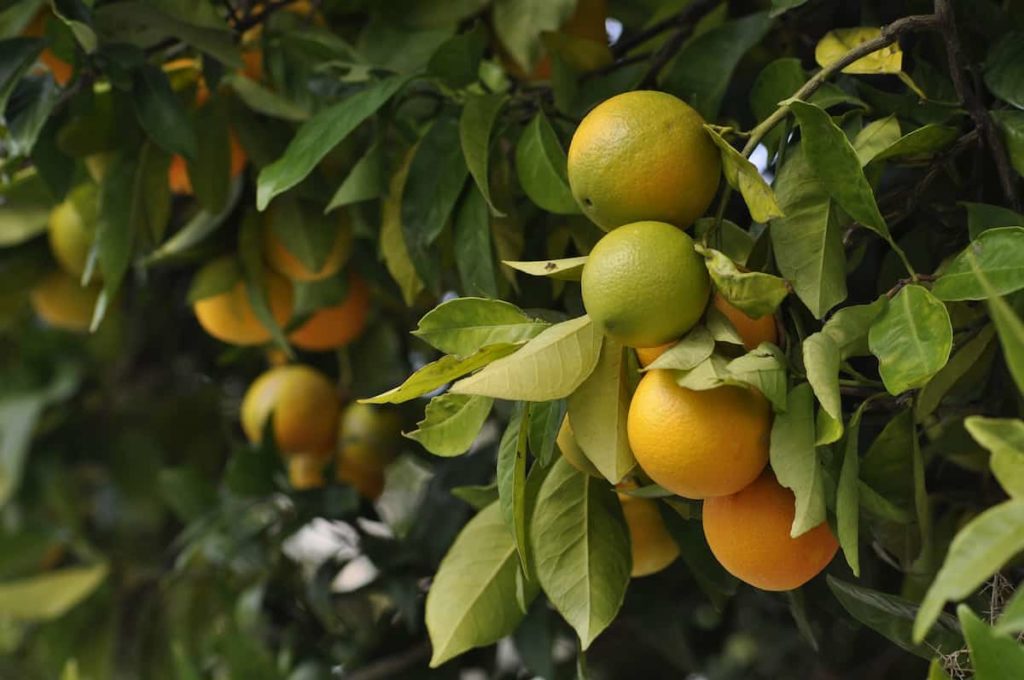
Some seasonal fruits in India are easy to grow. While several of these fruits are widely grown in the summer, others are produced and sold mainly in the winter. Some fruits are accessible year-round and are known as “all-season fruits.” Below we learn the fruit growing season chart in India, the sowing guide, details about germination, and the planting calendar for fruits.
Fruits growing season chart in India
Which fruits are in season in India?
If you visit India around the right time of year, you can try a variety of delicious seasonal fruits. Some fruits are readily accessible throughout summer, whereas others are grown mostly during colder months. Certain fruits are accessible year-round because they are not seasonal. In India, watermelon is a summertime staple and one of the juiciest fruits. Since it is the most productive fruit crop in the warmer months, mango is widely available as soon as the end of spring signals the beginning of summer, often in the first few weeks of April.
In case you missed it: How to Start Banana Farming in the USA: A Step-By-Step Guide to Planting to Harvesting
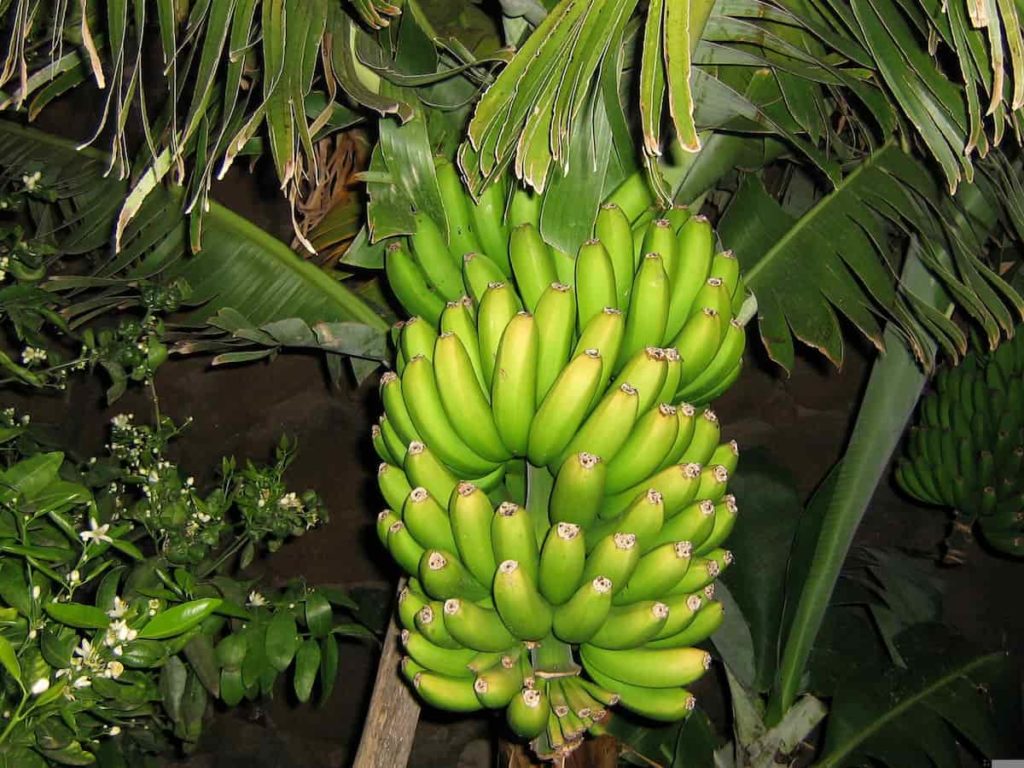
You can select from Alphonso, Himsagar, Chausa, Kesar, Safeda, Langra, and more as the season develops. The guava fruit is another fantastic summertime treat. It is cultivated in backyards and vast guava orchards around the nation. In India, guava season lasts for many months, when the fruit softens and loses its firmness, becoming a pulp with thin, light green, or yellow peel.
In season, papayas are one of India’s best seasonal fruits. Since the pulp is fairly firm in its raw state, the fruit is often used in cooking rather than consumed as a fruit. Papayas in India have a green outer skin that becomes a vibrant shade of green and yellow when fully ripe. The fruit’s pulp will change from a bright yellow to deep orange depending on how far along the ripening process is.
As one of India’s most beloved seasonal fruits, plums are a must-try. Even though the fruit’s taste and texture could put some people off, it offers many significant health advantages. There’s a good reason why pomegranates are touted as a “superfood.” Indeed, this is a well-known name on the list of winter fruits; thus, you should get some of this bright red fruit into your kitchen.
However, although figs are one of India’s seasonal fruits, you can always get their dried counterparts year-round. This fruit is only delicious during the warm months. Figs are among the most unusual seasonal fruits due to their varied texture. The skin of this fruit, if we’re talking about it, is so silky that it almost dissolves in your tongue. It’s one of the season’s best fruits and is available in the fall.
Passion fruit is utilized at high-end cafés and restaurants in India. Despite its tropical origins, it is grown in large quantities in orchards throughout India. Cherries are one of spring’s essentials. It’s cherry blossom season, so you had to sample this fruit. The combination of sour and sweet flavors makes the red fruits appeal to the palate. In India, jackfruit is revered as the most important fruit in the spring and summer.
In case you missed it: Fertilizer Management in Pomegranate Trees: Organic, Homemade, Liquid, NPK, Schedule, and Application
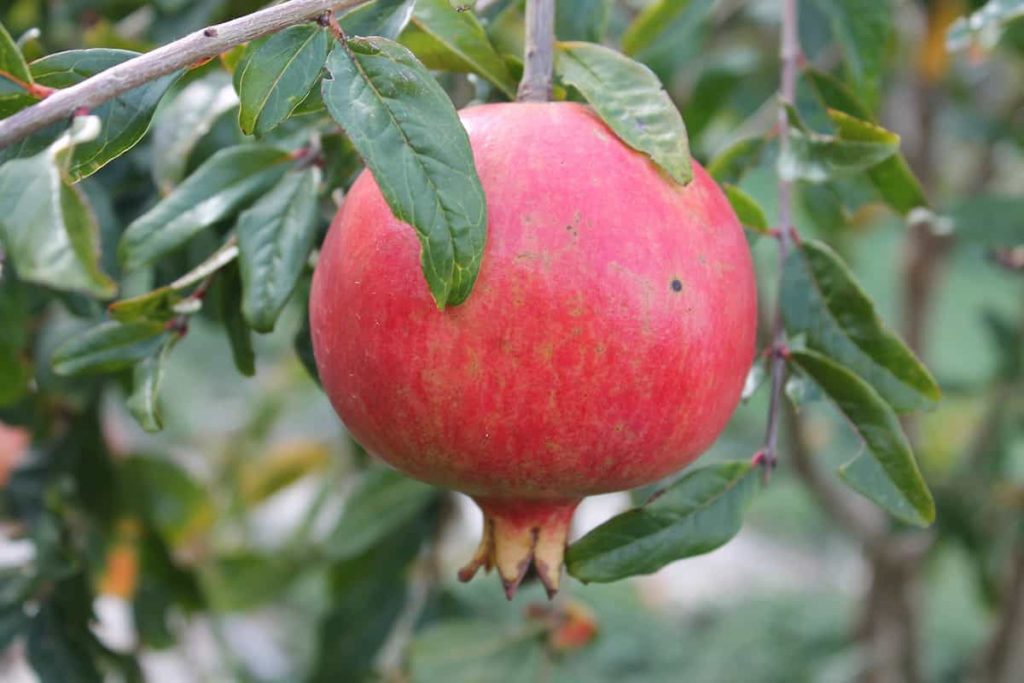
What fruit grows fast in India?
The tropical and subtropical regions, with their high humidity and mild temperatures, are ideal for guava trees. Seeds aren’t as effective as cuttings or grafting for propagating this plant. All colors of fruit, from green to yellow, are delicious. Depending on the variety, the fruit’s pulp can be a vibrant scarlet or bright yellow, almost always having a sweet taste. Some well-known types of guava include the Chittidar, Hafshi, Allahabad Safeda, Harijha, and Allahabadi Surkha. A height of 10-12 feet and breadth of 15 feet is possible at full growth.
Papayas are cultivated from a small, multi-trunked tree. It’s simple to propagate a plant from its seeds. An average papaya tree will begin bearing fruit in 9-11 months. Water and fertile soil are essential for growth. The typical height range for trees of this species is 19–24 feet. The papaya tree bears a fruit that is both tasty and healthy. The fruit has to be covered after it reaches a particular size and becomes a semi-yellow hue to prevent it from being eaten by birds and insects.
The Sitafal tree’s fruiting canopy is quickly increasing in India. The flesh of its fruits is velvety smooth and tasty, and its seeds are small and black. The greenish-yellow fruits can go as big as 12 centimeters in diameter. It can grow to a ten to twenty-foot height and a twelfth-foot width. The mulberry tree is up next. Since it was so sturdy, it required little upkeep.
In case you missed it: A Guide to Understanding Mango Tree Propagation: From Seed, Cuttings, Grafting, and Budding
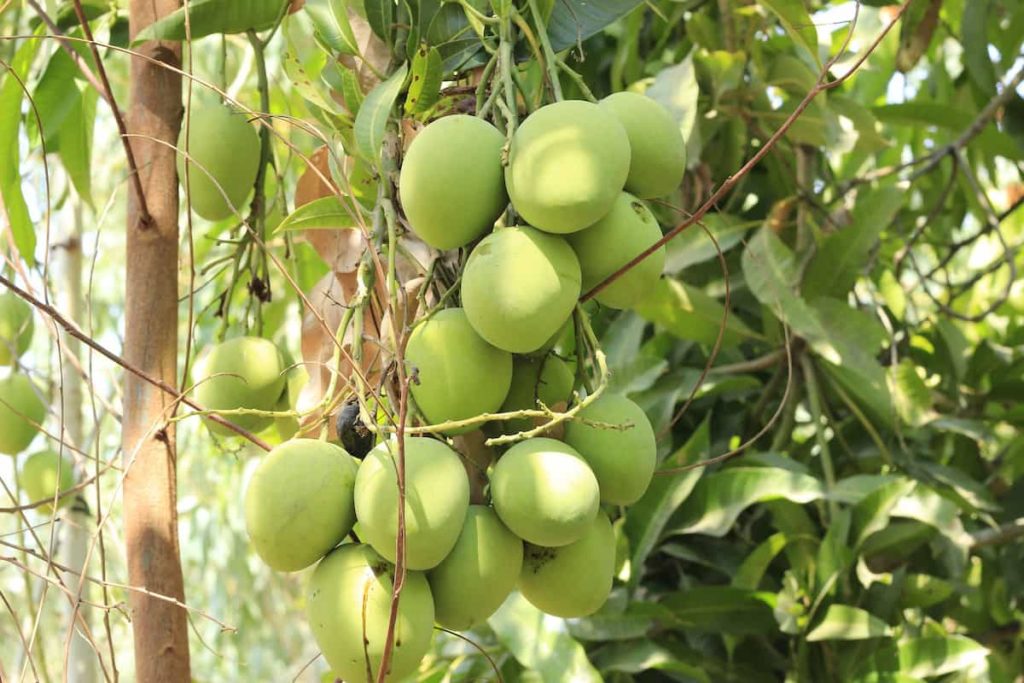
It takes a fruit tree around a decade from seedling to reach full maturity and produce fruit. Consequently, the grafting method is suggested for the quick growth of this tree and the consequent early fruit production. It can reach 10-14 feet in only three years. It’s possible to find berries in a wide range of red to purple colors. Ripe fruits are often a vibrant red, whereas immature fruits can range from red to green to pale yellow. The ber tree is yet another hardy fruiting tree. This fruit also goes by the name “Indian plum.”
Bear fruit is an excellent food choice for getting your daily dose of vitamins A, C, and B. Various fruits ripen at different times; many are initially green but become red as they grow. This tree can survive in warm or cold climates when properly cared for. It’s low-maintenance. This plant grows in forests and along highways. Fruiting peach trees can be found in Jammu and Kashmir, Uttarakhand, Meghalaya, and other places with similar temperatures. Peach trees usually don’t bear fruit until two to three years after planting.
However, some heritage varieties can begin doing so a year after planting. There are few fruits as delicious as peaches. Its maximum height is 25 feet. However, it can be kept at 12 feet with frequent pruning by those who want a more manageable height. The banana has widespread popularity as a food item throughout the world. Simply said, it tastes great and does your body good. Fruit trees in India tend to develop quickly. Fruiting occurs once yearly on the banana tree. It required water to grow well.
Bananas can be eaten both cooked and uncooked. There are many beneficial nutrients and dietary fiber in it. A banana tree can reach 10–30 feet in only two years. The deciduous fig tree’s heights of 7-10 meters have been recorded. Propagating plants from cuttings or root suckers is easy. Figs are a delicious fruit with juicy flesh and a crunchy seed center. Those suffering from anemia would do well to consume this fruit due to the iron it contains.
In case you missed it: A Guide to Understand Guava Plant/Tree Propagation: Check How this Guide Helps Guava Farmers
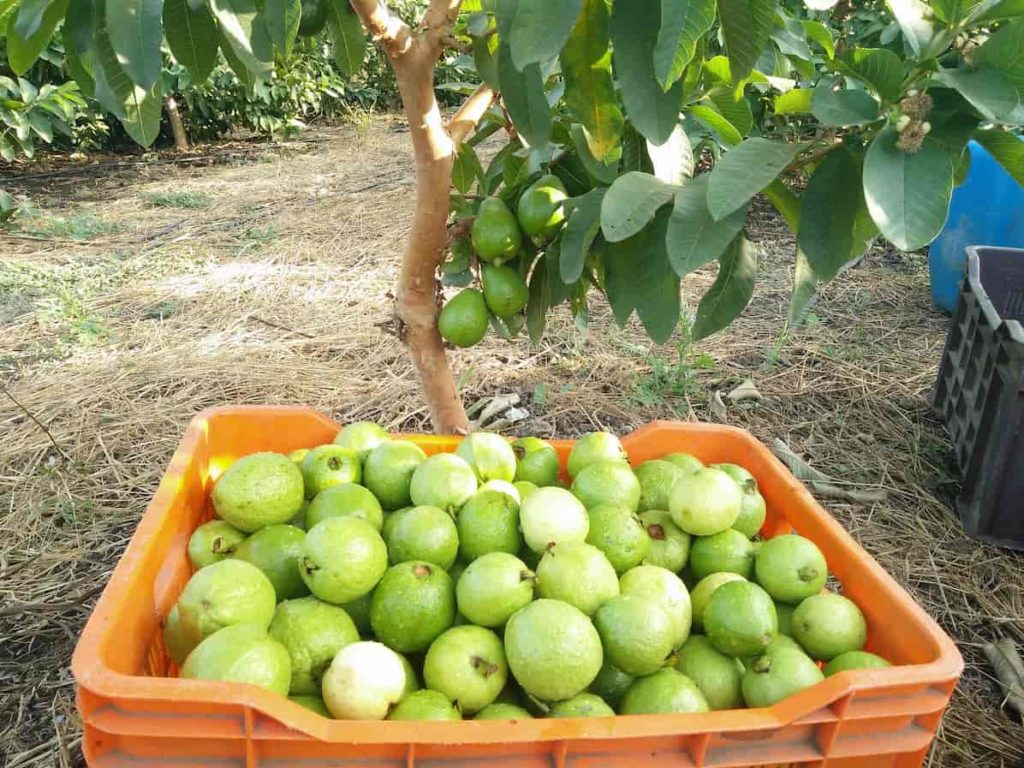
Fruits growing season chart in India
| Fruits | Sowing time | Germination time |
| Watermelon | Feb to Mar (in the north) Year-round (in the south) | 6 to 7 days |
| Banana | June to July Oct to Nov | 2 to 3 weeks |
| Orange | Dec to Feb Oct to Mar | 6 to 8 weeks |
| Pineapple | July to Sep | About six months |
| Lychee | Aug to Sep | 1 to 4 weeks |
| Mango | Aug to Oct | 2 to 4 weeks |
| Strawberry | Sep to Oct | Seven days to 6 weeks |
| Grapes | Feb to Mar Dec to Jan | 10 to 15 days |
| Custard apple | April to May | Three weeks |
| Sapota | June to Dec | 2 to 4 weeks |
| Lemon | June to July | Know |
| Kinnow | Aug to Oct | 7 to 14 days |
| Mosambi | Aug to Sep April to May | 3 to 4 weeks |
| Papaya | Feb to Mar June to July Oct to Nov | 2 to 3 weeks |
| Pear | June to Dec | 2 to 4 weeks |
| Peach | Late Jan | 1 to 3 months |
| Apple | Jan to Feb | Around 30 days |
| Figs | Jan to Feb (north India) Aug to Sep (south India) June to July (western India) | 1 to 2 weeks |
| Plums | January | 10 to 18 days |
| Jackfruit | June to Dec | 3 to 8 weeks |
| Guava | June to Sep | 2 to 8 weeks |
| Pomegranate | June to July Sep to Feb | 30 to 40 days |
| Apricot | May to June, October | 1 to 2 months |
| Apple ber | July to Aug | 2 to 4 weeks |
| Kiwi | Jan | Around two weeks |
| Rambutan | Dec to Jan | 10 to 21 days |
| Persimmons | March to April | 2 to 3 weeks |
| Jamun | Feb to Mar July to Aug | 10 to 15 days |
| Coconut | May to June | 3 to 6 months |
In case you missed it: How to Start Grapes Farming in the USA: Production, and A Step-by-Step Growing Guide for Beginners
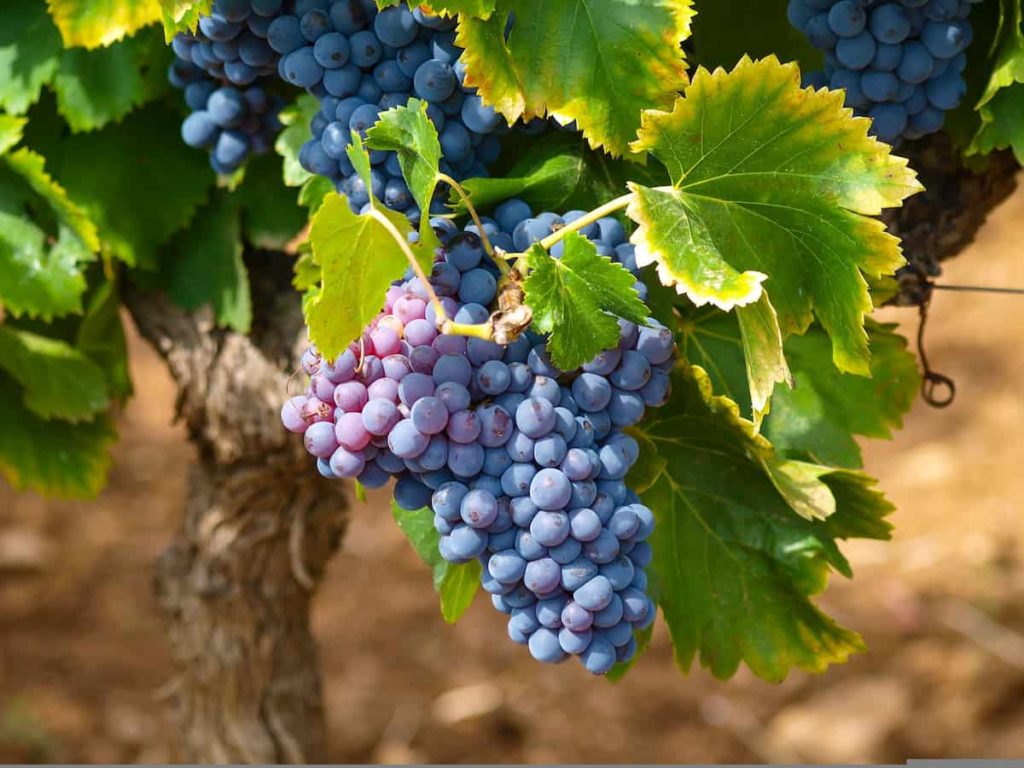
Conclusion
India’s plant and animal species are diverse. Instead, it is very fortunate to be home to several species of flora that are either indigenous, threatened with extinction, or no longer found anywhere else on Earth.
- How to Make Houseplants Bushy: Effective Tips and Ideas
- Innovative Strategies for Boosting Coconut Pollination and Yield
- Pollination Strategies for Maximum Pumpkin Yield
- The Complete Guide to Chicken Fattening: Strategies for Maximum Growth
- Natural Solutions for Tulip Problems: 100% Effective Remedies for Leaf and Bulb-Related Issues
- Revolutionizing Citrus Preservation: Towards a Healthier, Greener Future
- Natural Solutions for Peony Leaf and Flower Problems: 100% Effective Remedies
- Maximizing Profits with Avocado Contract Farming in India: A Comprehensive Guide
- Natural Solutions for Hydrangea Problems: 100% Effective Remedies for Leaf and Flowers
- The Ultimate Guide to Choosing the Perfect Foliage Friend: Bringing Life Indoors
- From Sunlight to Sustainability: 15 Ways to Use Solar Technology in Agriculture
- The Ultimate Guide to Dong Tao Chicken: Exploring from History to Raising
- The Eco-Friendly Makeover: How to Convert Your Unused Swimming Pool into a Fish Pond
- Mastering the Art of Delaware Chicken Farming: Essentials for Healthy Backyard Flocks
- 20 Best Homemade Fertilizers for Money Plant: DIY Recipes and Application Methods
- How to Craft a Comprehensive Free-Range Chicken Farming Business Plan
- Brighten Your Flock: Raising Easter Egger Chickens for Beauty and Bounty
- How to Optimize Your Poultry Egg Farm Business Plan with These Strategies
- Subsidy for Spirulina Cultivation: How Indian Government Schemes Encouraging Spirulina Farmers
- Ultimate Guide to Raising Dominique Chickens: Breeding, Feeding, Egg-Production, and Care
- Mastering the Art of Raising Jersey Giant Chickens: Care, Feeding, and More
- Ultimate Guide to Raising Legbar Chickens: Breeding, Farming Practices, Diet, Egg-Production
- How to Raise Welsummer Chickens: A Comprehensive Guide for Beginners
- How to Protect Indoor Plants in Winter: A Comprehensive Guide
- Ultimate Guide to Grow Bag Gardening: Tips, Tricks, and Planting Ideas for Urban Gardeners
- Guide to Lotus Cultivation: How to Propagate, Plant, Grow, Care, Cost, and Profit
- Agriculture Drone Subsidy Scheme: Government Kisan Subsidy, License, and How to Apply Online
- Ultimate Guide to Raising Araucana Chickens: Breed Profile, Farming Economics, Diet, and Care
- Bringing Hydroponics to Classroom: Importance, Benefits of Learning for School Students
- Ultimate Guide to Raising Polish Chickens: Breed Profile, Farming Economics, Diet, and Care
- Ultimate Guide to Raising Australorp Chickens: Profile, Farming Economics, Egg Production, Diet, and Care
- Silkie Chicken Farming: Raising Practices, Varieties, Egg Production, Diet, and Care
- Sussex Chicken Farming: Raising Practices, Varieties, Egg Production, Diet and Care
- Homemade Feed Formulations for Livestock: Discover Cost-effective Starter to Finisher Feed Recipes
- 20 Best Pig Weight Gain Supplements: Top Swine Weight Gain Formulas
- Ultimate Guide to Elderberry Farming: Propagation, Planting, Yield, Cost, and Profit
Pls send details of vegetables of north India
how to plant maximum fruits in my home garden .